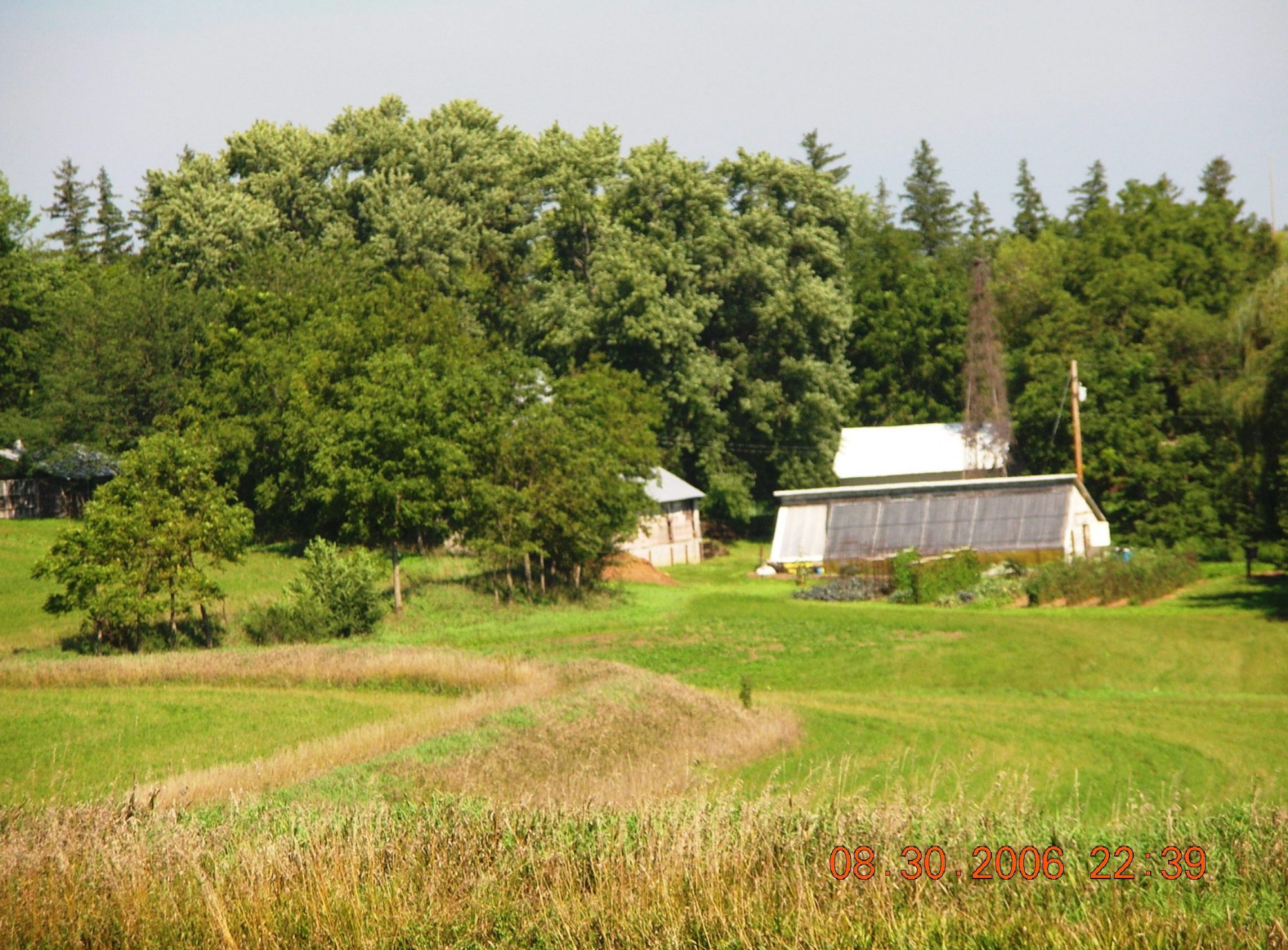Local Economic Development with Production Units and Farmer-Owned Food Brands
By
Jim Steffen
My children and I own two small farms in the Omaha area that we inherited from my parents. These farms are too small to earn enough to cover our capital and operating costs.
USDA research shows that we have lots of company. There are millions of small landowners and farmers who are losing money.[1] Most will go out of business without passing working farms to children and grandchildren.
To increase farm profits ( our own and others) we are inviting landowners and farmers to work together to organize land, markets, and money for commercial-scale specialty and organic crops and livestock operations.
This website outlines consumer and industry demand and explains how we will organize efficient farms, local markets, and funding.
Demand
The residents of our six county Omaha area spend about 4 billion dollars each year on food for home consumption. Even so our economy has been losing out for generations because branded foods, including specialty and organic foods, come from outside of our trade area.
Our market research shows clearly that Omaha residents want healthy foods from local farmers who take good care of their land and livestock.[2] Further, demand by commodity firms for specialty and organic crops and livestock continues to increase along with retail consumer demand.[3]
Land
To meet demand for a wide variety of healthy locally grown foods at affordable prices, we need to increase farm sizes along with the number of skilled producers – without taking on more farm debt. The first step is to form local “production units.”
A production unit is a group of contiguous and nearby farm leased by the owners to one farmer selected by the landowners. Regenerative and organic production units build economies of scale. These units will help diversified farmers produce more grain, fresh produce, and livestock at lower costs while rebuilding soil and water quality and wildlife habitat. More crop and livestock diversity requires more skilled and well paid farmers and farmhands.
Local Markets
Landowners and farmers have the land, but without extensive consumer and investor support, we cannot stay in business. Although our business plans start with commodity buyers (see page 2), by themselves, commodity markets simply to not work for small farmland owners and farmers. This reality makes successful farmer-owned retail food brands central to increasing profits for smaller farm families.
Money
I belong to a Slow Money group in Omaha, and I have helped a similar group in Lawrence, Kansas to raise funds for small farmers and other local food entrepreneurs. With some modifications, we will use the Slow Money model to attract qualified local investors.
More Information
Page 2 this website explain production unit organization and business planning. Page 3 is on specialty beef market issues.
Page 4 summarizes our family farming history and offers bios for our key business partners.
Please contact me with your questions and comments and to arrange an appointment to discuss how production units and farmer-owned retail food brands work together.
Thank you.
Posted 12-10-2025
[1] USDA: https://www.ers.usda.gov/data-products/ag-and-food-statistics-charting-the-essentials/farming-and-farm-income, accessed 11-29-2025
[2] A summary is available by calling 402-317-2639.
[3] Organic Trade Association, https://ota.com/resources/market-analysis accessed 12-04-25
